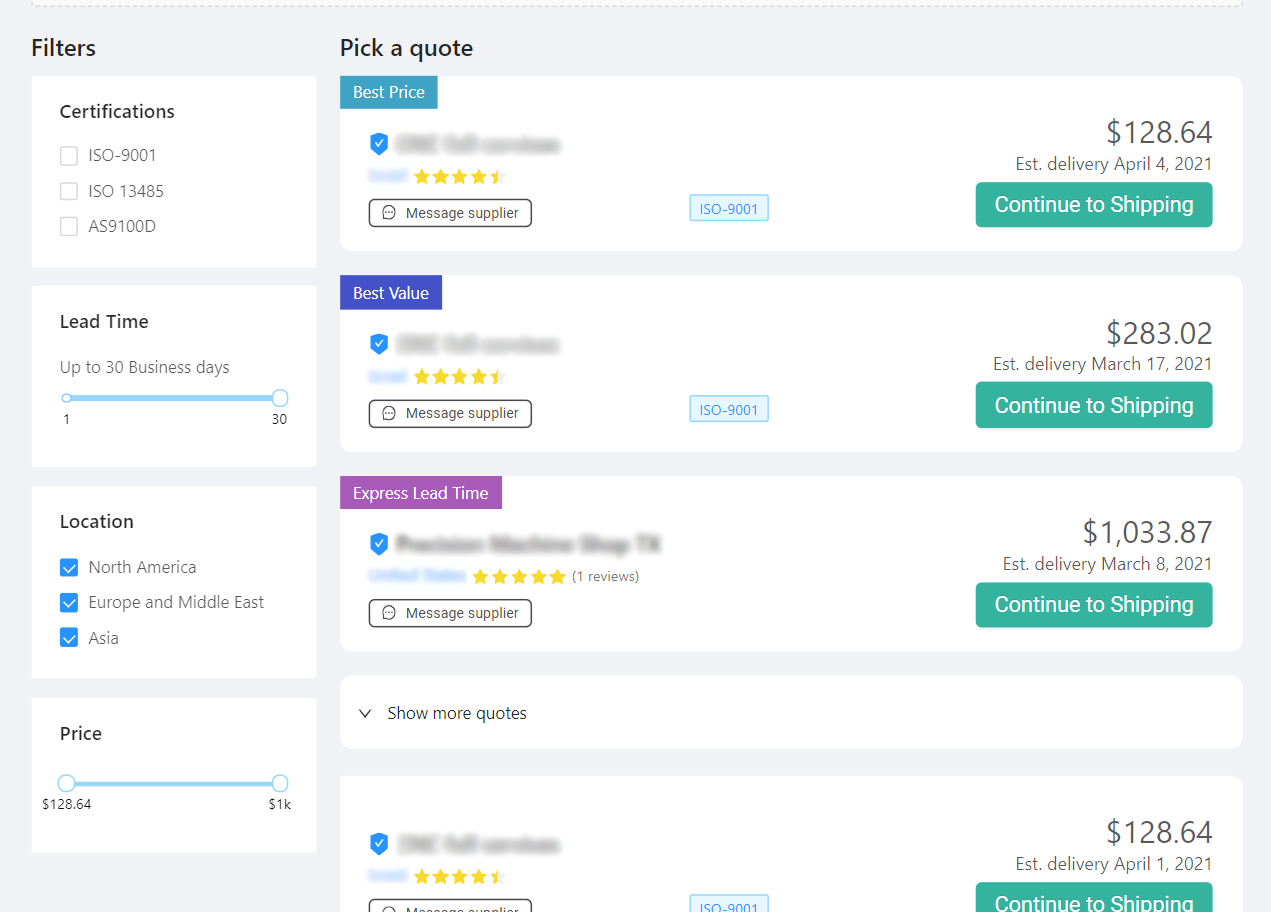



If an asset loses its meta file (for example, if you move or rename the asset outside of Unity, but don’t move or rename the corresponding.
3D METADATA CONVERTER WINDOWS
However, if you move or rename an asset outside of Unity (that is, in Windows Explorer, or Finder on macOS), you must move or rename the. If you move or rename an asset within Unity’s own Project window, Unity also automatically moves or renames the corresponding. Important: Meta files contain important information about how the asset is used in the Project, and they must stay with the asset file they relate to. Unity then re-imports the asset according to your updated settings, and updates the corresponding imported “game-ready” data in the project’s Library folder. If you change the import settings for an asset, Unity saves those new settings to the. More info See in Glossary import settings. Allows you to increase texture quality when viewing a texture at a steep angle. For example, for a Texture, this includes the Texture Type, Wrap Mode, Filter Mode and Aniso Level The anisotropic filtering (AF) level of a texture. More info See in Glossary window when you select an asset in your Project window. meta files contain the unique ID assigned to the asset, and values for all the import settings you see in the Inspector A Unity window that displays information about the currently selected GameObject, asset or project settings, allowing you to inspect and edit the values. meta file in the same location as the asset file. meta file for an asset, it writes the asset’s ID inside the. To make them visible, open the Mode project setting and enable Visible Meta Files. meta files are not visible in the Project window because they are hidden by default. meta file for each asset or folder inside the project’s Assets folder, because they appear in a system file browser. This example demonstrates that Unity creates a. The relationship between the Assets folder in your Unity project on your computer, meta files, and the Project window in Unity These files are hidden in Unity’s Project window A window that shows the contents of your Assets folder (Project tab) More info See in Glossary, and might also be hidden in your file system by default (see Wikipedia: Hidden file and hidden directory), so you might not see them in Windows Explorer or Finder unless you make your hidden files visible on your computer. Unity creates meta files for asset files and folders. meta files that Unity creates for each item in your project’s Assets folder. The IDs are not normally visible in the Editor, This is an ID that Unity uses internally to reference the asset, so that Unity can move or rename the asset without breaking anything. When Unity finds the new file, it assigns a unique ID to the asset. When you place an asset in the Assets folder, Unity detects that you have added a new file. The Unity Editor frequently checks the contents of the Assets folder against the list of assets it already knows about. For more information, see Assets and their import settings. If you modify the asset file, or any of the asset’s import settings, Unity reimports the asset. The Import settings for any given asset affects how Unity processes the asset. Below is a description of how this process works: When Unity imports assets, it also stores and manages additional data about the asset, such as what import settings Unity should use to import the asset, and where the asset is used throughout your project.


 0 kommentar(er)
0 kommentar(er)
